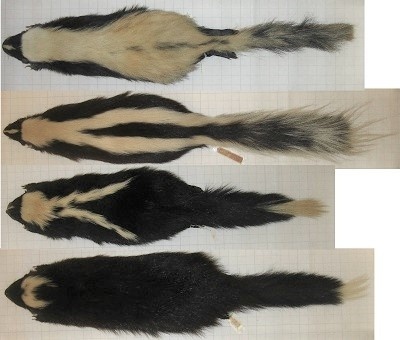Antipredator Behavior and Coloration in Striped Skunks
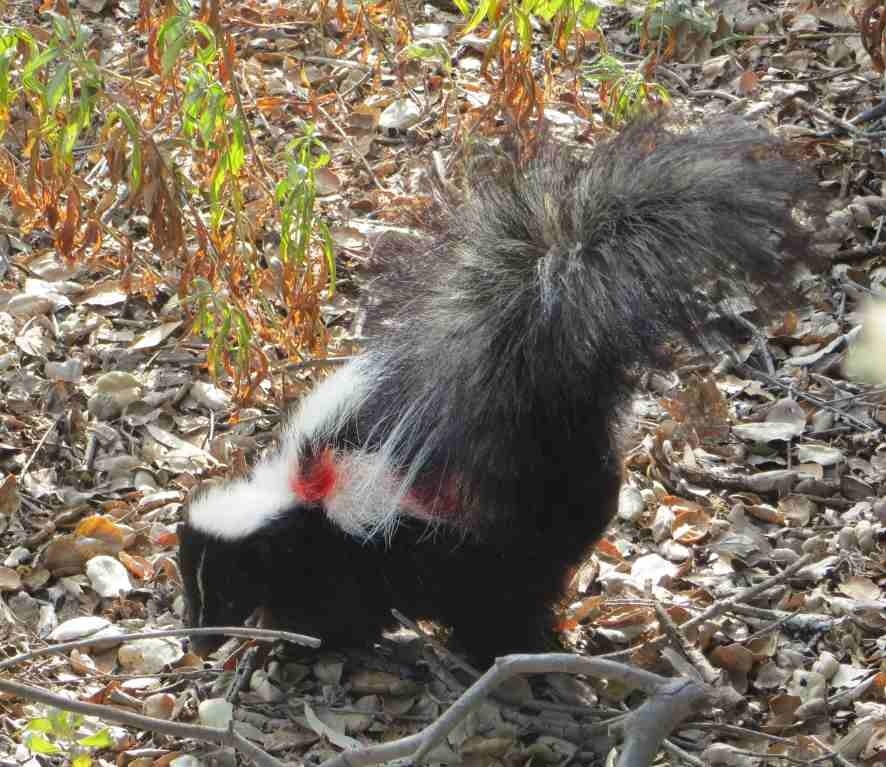
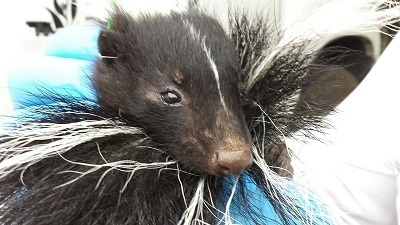
The sprayed liquid is a mixture of sulfur-containing compounds that are produced in the anal glands and sprayed out papilla just inside the sphincter. These thiols are horribly powerful when they contact the eyes and nose of potential predators, especially dangerous mammalian carnivores like coyotes and mountain lions. For this reason, skunks are rarely if ever attacked and killed by other mammal predators, and their main source of predation comes from owls, which have reduced senses of smell and can fly in and attack silently from above.

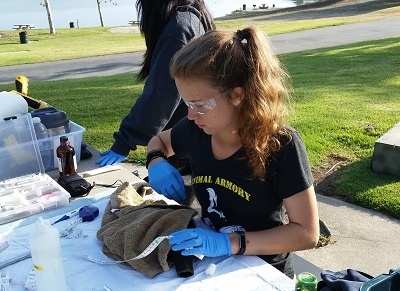
First, we have an ongoing 5-year skunk trapping project where we can mark, measure, sample, track, and collect anal secretions from wild skunks.
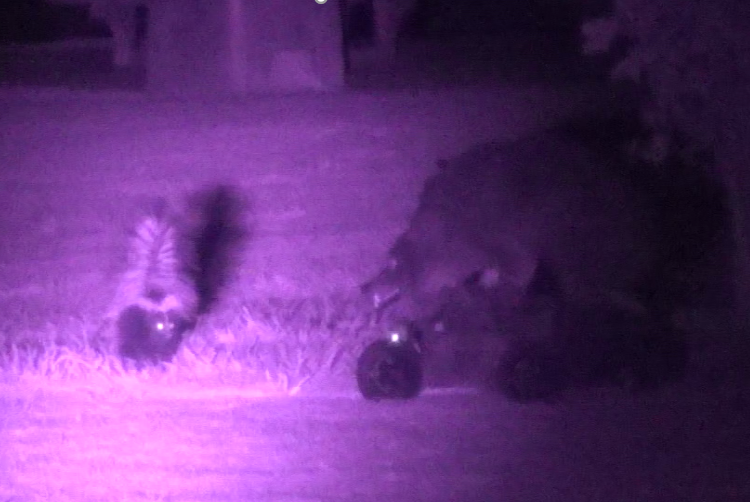
Second, we conduct experiments of skunk behavioral responses to predator cues in the wild (visual, auditory, and olfactory), including the use of our robotic "Obi-Wan Coyote" model.
